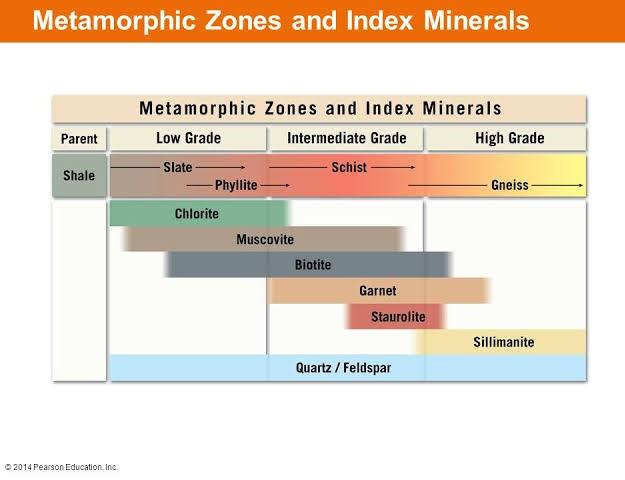Time management is very much important in IIT JAM. The eduncle test series for IIT JAM Mathematical Statistics helped me a lot in this portion. I am very thankful to the test series I bought from eduncle.
Nilanjan Bhowmick AIR 3, CSIR NET (Earth Science)Gurmeet Singh posted an Question
- IIT JAM
- Geology (GG)
(bhu-2010 . muscovite + quartz k-feldspar + al,sio, + h,o (water pressure <3.5 kb) defines: a. beginning of very low grade metamor phism b. beginning of low gra
(BHU-2010 . Muscovite + Quartz K-feldspar + AL,SiO, + H,O (water pressure <3.5 kb) defines: A. Beginning of very low grade metamor phism B. Beginning of low grade metamorphism C. Beginning of medium grade metamorphism D. Beginning of high grade metamorphism (BHU-2010)
- 1 Likes
- 3 Comments
- 0 Shares
-
![comment-profile-img]() >
>
Rahul kumar Best Answer
Answer (D) Beginning of high grade Metamorphism Disappearance of Muscovite and appearance of K-spar marks the beginning of high grade Metamorphism. Kindly refer to the attached figure below. You can note that Disappearance of Muscovite and presence of K-spar lies at the boundary of medium (intermediate) and high grade Metamorphism.
![cropped1139807028536491233.jpg]()
-
![comment-profile-img]() >
>
Saurabh 1
![best-answer]()
Correct answer would be (D) ... As the metamorphic grade increases, minerals tend to loose water and they become less hydrous by loosing water through dehydration as shown in the given reaction. This cannot be very low grade or low grade metamorphic grade cuz these grades consists of various hydrous minerals and they do not occurs at such pressure or physical condition. Also in case of medium grade metamorphism the micas generally consists of muscovite or biotite as compared to low grade micas. The given mostly occur in Upper amphibolite facies and marks the transition to Granulite facies. High-grade metamorphism takes place at temperatures above about 450°C.Micas tend to break down. New minerals such as hornblende will form, which is stable at higher temperatures. However, as metamorphic grade increases to even higher grade, all hydrous minerals, which includes hornblende, may break down and be replaced by other, higher-temperature, non-hydrous minerals such as pyroxene.
Do You Want Better RANK in Your Exam?
Start Your Preparations with Eduncle’s FREE Study Material
- Updated Syllabus, Paper Pattern & Full Exam Details
- Sample Theory of Most Important Topic
- Model Test Paper with Detailed Solutions
- Last 5 Years Question Papers & Answers
Sign Up to Download FREE Study Material Worth Rs. 500/-










 >
>

 >
>








Owishi Sarkar![best-answer]()
The correct answer is D). This is a very important reaction also known as second sillimanite isograd or also muscovite out reaction. This reaction mainly takes place at high temperatures for pelitic rocks.